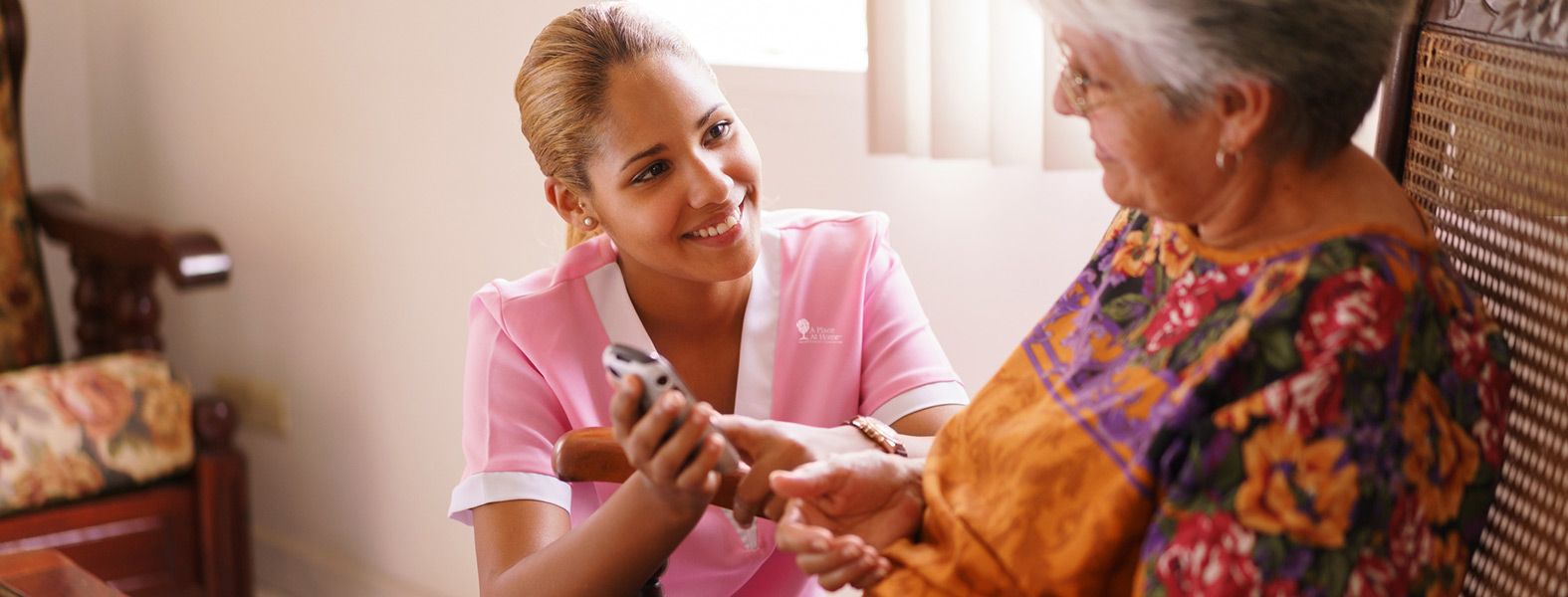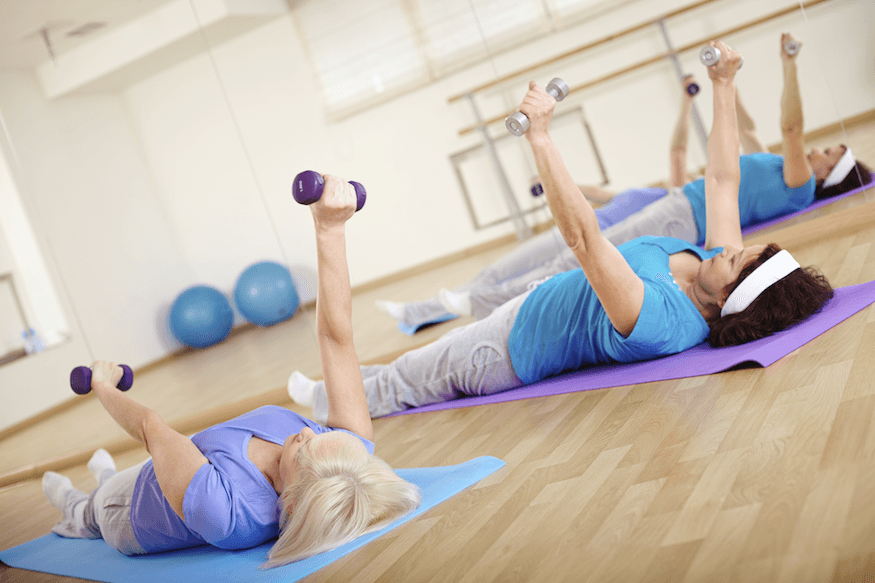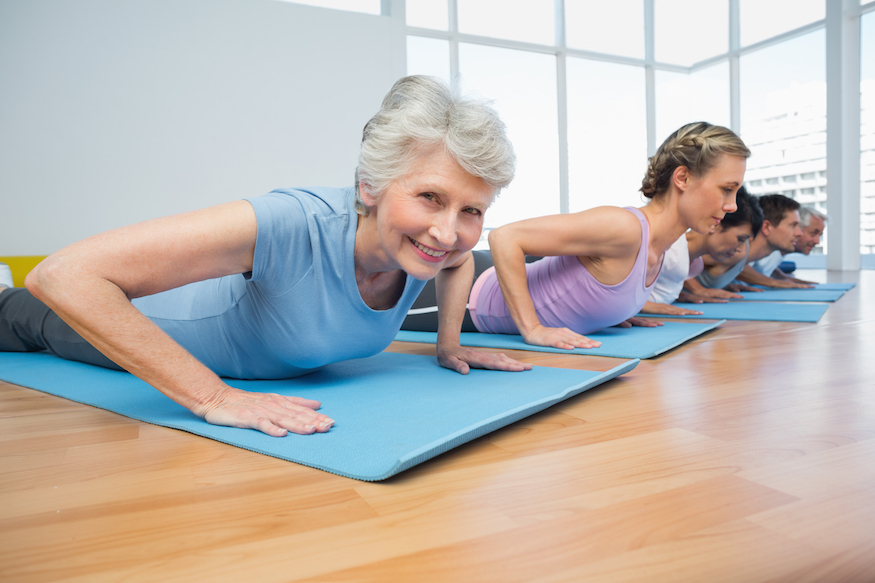Changes to the skin are simply part of the aging process. However, making sure you take the proper steps to protect your skin from harmful exposure is ultimately up to you.
Guaranteeing quality skin care for seniors can become a stressful battle with wrinkles, age spots, and sun damage. As the warmer summer months are approaching, consider keeping these tips for proper skin care in mind for battling the sun’s harmful rays.
Monitor Changes in Temperature and Weather
Make it a part of your regular routine to check the news in the morning or use a weather app on your phone for monitoring the current conditions outside. Staying aware of the coming weather conditions makes it easier to plan your day. Always try to leave the house prepared!
Dress Accordingly Based on the Forecast
Choose the appropriate attire based on the day’s forecast. If you have to be out in the sun for a considerable amount of time, choose loose-fitting clothes that cover you well. For aging adults with Alzheimer’s, getting dressed properly is an important step in their daily routines. It’s important to not leave that out.
Apply Moisturizers & Sunscreen Regularly
On sunny days, be sure to apply a water-resistant, oil-free sunscreen that is rated SPF 30 or higher. Also, consider leaving a travel size in your purse or car. Use moisturizers after showering or during periods of intense dryness. These may be the result of weather or medications.
Take Advantage of Protective Accessories
There are many accessories that can help seniors battle the sun’s harmful rays. Wear large-brimmed hats to keep the neck and face covered. Also, wear sunglasses to protect the eyes from UV light exposure. If you’re planning on leaving your car parked outside for a significant amount of time, keep it cool by using a reflector in your windshield.
Avoid Tanning and Sunburn
There is really no need for seniors to engage in sun tanning or the use of tanning beds that simulate the sun’s rays. Prolonged exposure to these types of light can increase your risks for dangerous skin conditions and even cancer.
Keep Yourself Hydrated
Have you ever felt cold after cooling down from an exhaustive workout? Sweating is your body’s way of keeping your skin cool when it’s hot outside. Proper hydration throughout the day ensures your body has enough fluids to keep you cool when needed.
Seniors who have someone actively monitoring these risk factors and environmental influences can ensure they are getting the quality skin care needed to remain healthy at home. A Place At Home believes that maintaining your senior’s health and wellness through successful at home living is the most important thing we do.









